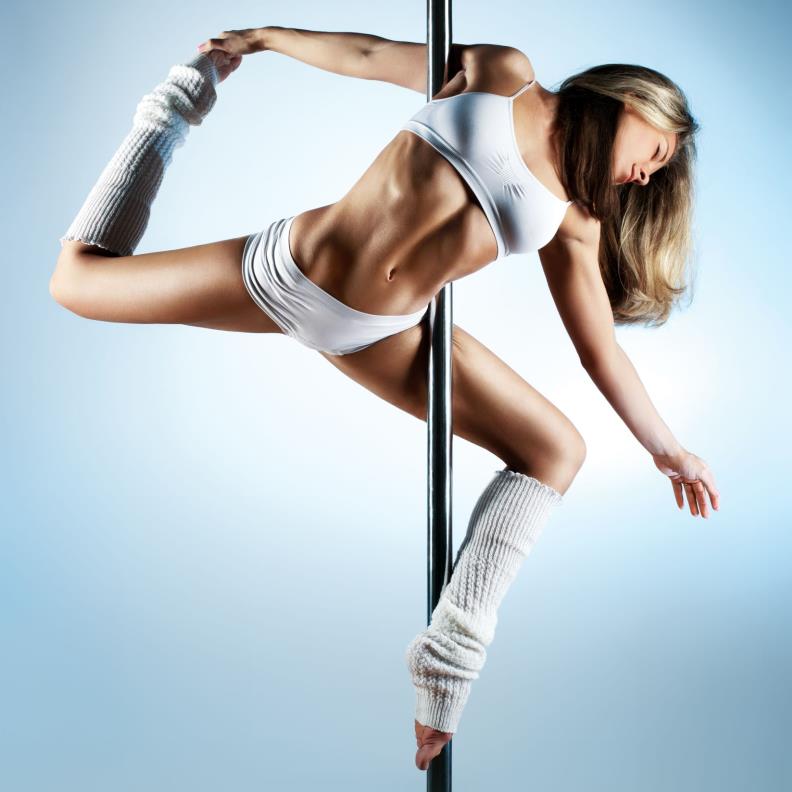From the first moment
I set foot in a studio
I've been asking myself one question...
Why Pole “Dance”?
Who, when and why put it that way? After all, over the years Pole has had numerous names, but the original versions have nothing to do with dancing. Maybe I should put a pin in that molehill now, but personally I really don’t like the term ¨Dance¨.
It doesn’t sit comfortably with me when someone says that I dance on a pole. For example, why don’t we call gymnasts “dancers”? After all, they also perform poses, figures, transitions interspersed with choreographic elements.
Yes, in Pole Dance (errgghh) we have elements of dance and some types are actually based mainly on dance choreography. However, I believe that it is still not enough to define athletes of this discipline as “dancers”.

Anyways, let´s take a look at how Pole Dance originated
I don’t think many people are aware that Pole Dance appeared long before our generation. The first acrobatics performed on a vertical ¨tube¨ dates back to the 12th century. The discipline known as Mallakhamba comes from India. Originally, this discipline was designed purely to facilitate wrestling training, however over time it evolved into a separate sport. It can now be described as a combination of gymnastics, yoga and wrestling performed on a vertical static, or hanging wooden pole, reed or rope.
Along with Mallakhamba, among the original types of Pole Dance we must mention the Chinese Pole.
This sport consists of performing complex acrobatics on a vertical bar, the height of which measures from 3 to 9 meters. This form used to be reserved for men only. There are many similarities between ¨Classic¨ Pole Dance and Chinese Pole. Many positions, figures and holds can be found in both disciplines. The element that distinguishes between the two sports is predominantly the pole itself. In Chinese Pole the pole is free-standing, and secured with bands at the base and at the end. It is usually covered with rubber, much taller and has a larger diameter. These characteristics of the pole give the acrobat the ability to perform additional movements and grips, but excludes any spins.
Pole Dance today
On 17th October 2017 the world was informed, by the General Assembly of International Sports Federations (GAISF), that Pole Dance was officially acknowledged as a sport discipline.

Pole Sport
This form of acrobatics on the vertical bar focuses on “strength”. Acrobatic moves are performed forcefully without a hint of eroticism. It is a professional sport practiced by athletes around the world. There are annual competitions in this discipline, which are very popular all over the world. To participate in such competitions, you must have a special sports license. A competitor who wants to be successful must devote themselves fully to this discipline. Pole Sport requires many hours of training, great strength and endurance.
Pole Dance Art
As the name suggests this is the artistic side of the pole. Beautiful figures and breath-taking choreography are displayed with emotion. A combination of pole dance spins and graceful gestures, facial expressions and body movements tell spectators a story.
Exotic Pole Dance
his is the erotic element of the pole. This form arouses the greatest controversy. The main recognisable sign of this category is pleasers i.e. dance shoes with the characteristic platform and high heel. Unfortunately, this form is still greatly underappreciated as it is often compared to dancing in clubs. Which of course fails to acknowledge the level of dedication needed to learn this dance form. Exotic classes are a combination of pole figures, floorwork and sexy choreography. The recommended clothing during training is primarily comfortable leggings, high heels and knee pads. These classes are perfect for women who want to feel sensual and sexy. Those who want to learn to move with grace, gain self-confidence and find their edge.
Pole Fitness
In fact, this includes most of the classes described in the studio as Pole Dance. Performing gymnastic figures on the vertical bar. In class we learn individual figures, so that over time we can combine them into sequences i.e. combos. While building strength, endurance and flexibility.

Broadly speaking Pole Dance is a discipline for everyone, regardless of size, age, previous sporting history or lack of it! The only obstacles one may face are old injuries or defects of the musculoskeletal system.
If you’re still unsure which classes to sign up for I advise you to ask in the studio, where the instructors will be on hand to guide you.



